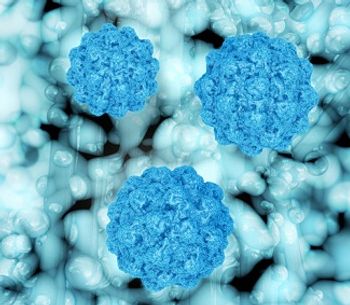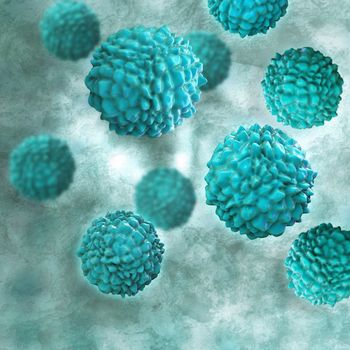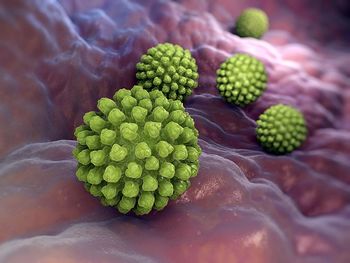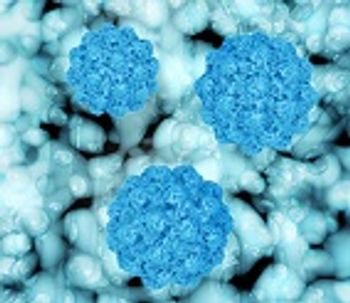
Norovirus
Latest News
Latest Videos

Shorts

CME Content
More News

Vaxart enrolled its first participants for its dose-ranging and boosting regimen studies.

Investigators in Tennessee detailed associations between seasonal increases in sporadic pediatric cases of norovirus gastroenteritis and reported norovirus outbreaks among older populations.

More than 2 million ambulatory clinic encounters and 100,000 hospitalizations annually are due to the disease.

Because norovirus is highly contagious in low concentrations, detection is typically conducted via a PCR-based method. But that requires time, a lab setting, and trained personnel.

A single antibody, A1431, showed broad blockade toward tested GII.4 strains and was able to neutralize the pandemic GII.P16-GII.4 Sydney strain of norovirus.

Investigators at Johns Hopkins have developed a new saliva-based assay that would make norovirus infection testing less invasive.

Investigators have determined that norovirus outbreaks occur most frequently in health care settings and are often caused by strains of a virulent genotype.

NIH researchers discovered that norovirus and rotavirus can be transmitted through cloaked viral clusters which exacerbate the spread and severity of disease.

The California Department of Public Health warns consumers to avoid the consumption of raw oysters harvested in British Columbia due to risk of contamination.

In case you missed them, we've compiled the top five infectious disease articles from this past week.

By studying norovirus infections in mice, researchers have discovered how the virus targets rare intestinal cells to cause intense illness.

Following an outbreak of norovirus in Pyeongchang ahead of the Winter Olympics, health officials are taking steps to stem the outbreak and keep attendees healthy.

Stay up-to-date on the latest infectious disease news by checking out our top 5 articles of the week.

CDC investigators link large norovirus outbreak in Catalonia, Spain with office water coolers.

Gastroenteritis outbreak response requires effective environmental sampling and, here, we break down a seemingly promising new strategy.

With summer in full swing, the Centers for Disease Control and Prevention offers tips to prevent catching recreational water illnesses from pathogens such as Cryptosporidium, Escherichia coli, Giardia, Shigella, and norovirus.

New HPV vaccine recommendations from the World Health Organization, information on a new once-daily treatment for HIV, the potential underestimation of tick-borne diseases in the Western United States, norovirus outbreaks in California schools, and how reservoirs of latent HIV hinder the quest for a cure, make up the Top 5 articles for the month of June 2017.

In case you missed them, here are our top 5 articles for the week of May 28, 2017.

Norovirus outbreaks in California schools are causing thousands of students and staff to fall ill, and prompting officials to cancel events and close some schools.

Through environmental cleaning and student-oriented education, Humber College in Toronto, Canada, has managed to quell a nasty outbreak of norovirus.

We’ve put together the top five biggest news stories regarding food-borne illnesses this year. Did you see them all?

New research from University of California Santa Cruz biologists shows how antibodies work to stop astrovirus infections, offering a potentially new way to develop a vaccine and treatment for this infection.

A recent study suggests that patient-to-patient transmission of norovirus is potentially overestimated within clinical settings.

Dubbed 'the perfect pathogen' by researchers, norovirus possesses all the markers of an ideal infectious agent.

Researchers still know very little about just how norovirus works, but a new study has shed light on how norovirus gets into cells and causes disease.

























































































































































































































































































